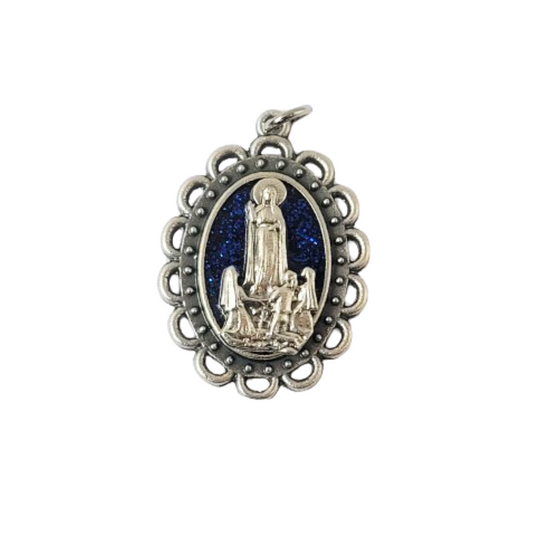Saints Isaac Jogues, Jean de Brébeuf, and Companions’ Story
Isaac Jogues and his companions were the first martyrs of the North American continent officially recognized by the Church. As a young Jesuit, Isaac Jogues, a man of learning and culture, taught literature in France. He gave up that career to work among the Huron Indians in the New World, and in 1636, he and his companions, under the leadership of Jean de Brébeuf, arrived in Quebec. The Hurons were constantly warred upon by the Iroquois, and in a few years Father Jogues was captured by the Iroquois and imprisoned for 13 months. His letters and journals tell how he and his companions were led from village to village, how they were beaten, tortured, and forced to watch as their Huron converts were mangled and killed.
An unexpected chance for escape came to Isaac Jogues through the Dutch, and he returned to France, bearing the marks of his sufferings. Several fingers had been cut, chewed, or burnt off. Pope Urban VIII gave him permission to offer Mass with his mutilated hands: “It would be shameful that a martyr of Christ not be allowed to drink the Blood of Christ.”
Welcomed home as a hero, Father Jogues might have sat back, thanked God for his safe return, and died peacefully in his homeland. But his zeal led him back once more to the fulfillment of his dreams. In a few months he sailed for his missions among the Hurons.
In 1646, he and Jean de Lalande, who had offered his services to the missioners, set out for Iroquois country in the belief that a recently signed peace treaty would be observed. They were captured by a Mohawk war party, and on October 18, Father Jogues was tomahawked and beheaded. Jean de Lalande was killed the next day at Ossernenon, a village near Albany, New York.
The first of the Jesuit missionaries to be martyred was René Goupil who with Lalande, had offered his services as an oblate. He was tortured along with Isaac Jogues in 1642, and was tomahawked for having made the sign of the cross on the brow of some children.
Father Anthony Daniel, working among Hurons who were gradually becoming Christian, was killed by Iroquois on July 4, 1648. His body was thrown into his chapel, which was set on fire.
Jean de Brébeuf was a French Jesuit who came to Canada at the age of 32 and labored there for 24 years. He went back to France when the English captured Quebec in 1629 and expelled the Jesuits, but returned to his missions four years later. Although medicine men blamed the Jesuits for a smallpox epidemic among the Hurons, Jean remained with them.
He composed catechisms and a dictionary in Huron, and saw 7,000 converted before his death in 1649. Having been captured by the Iroquois at Sainte Marie, near Georgian Bay, Canada, Father Brébeuf died after four hours of extreme torture.
Gabriel Lalemant had taken a fourth vow—to sacrifice his life for the Native Americans. He was horribly tortured to death along with Father Brébeuf.
Father Charles Garnier was shot to death in 1649 as he baptized children and catechumens during an Iroquois attack.
Father Noel Chabanel also was killed in 1649, before he could answer his recall to France. He had found it exceedingly hard to adapt to mission life. He could not learn the language, and the food and life of the Indians revolted him, plus he suffered spiritual dryness during his whole stay in Canada. Yet he made a vow to remain in his mission until death.
These eight Jesuit martyrs of North America were canonized in 1930.
Reflection
Faith and heroism planted belief in Christ’s cross deep in our land. The Church in North America sprang from the blood of martyrs, as has been true in so many places. The ministry and sacrifices of these saints challenges each of us, causing us to ask just how deep is our faith and how strong our desire to serve even in the face of death.
October, 19th






